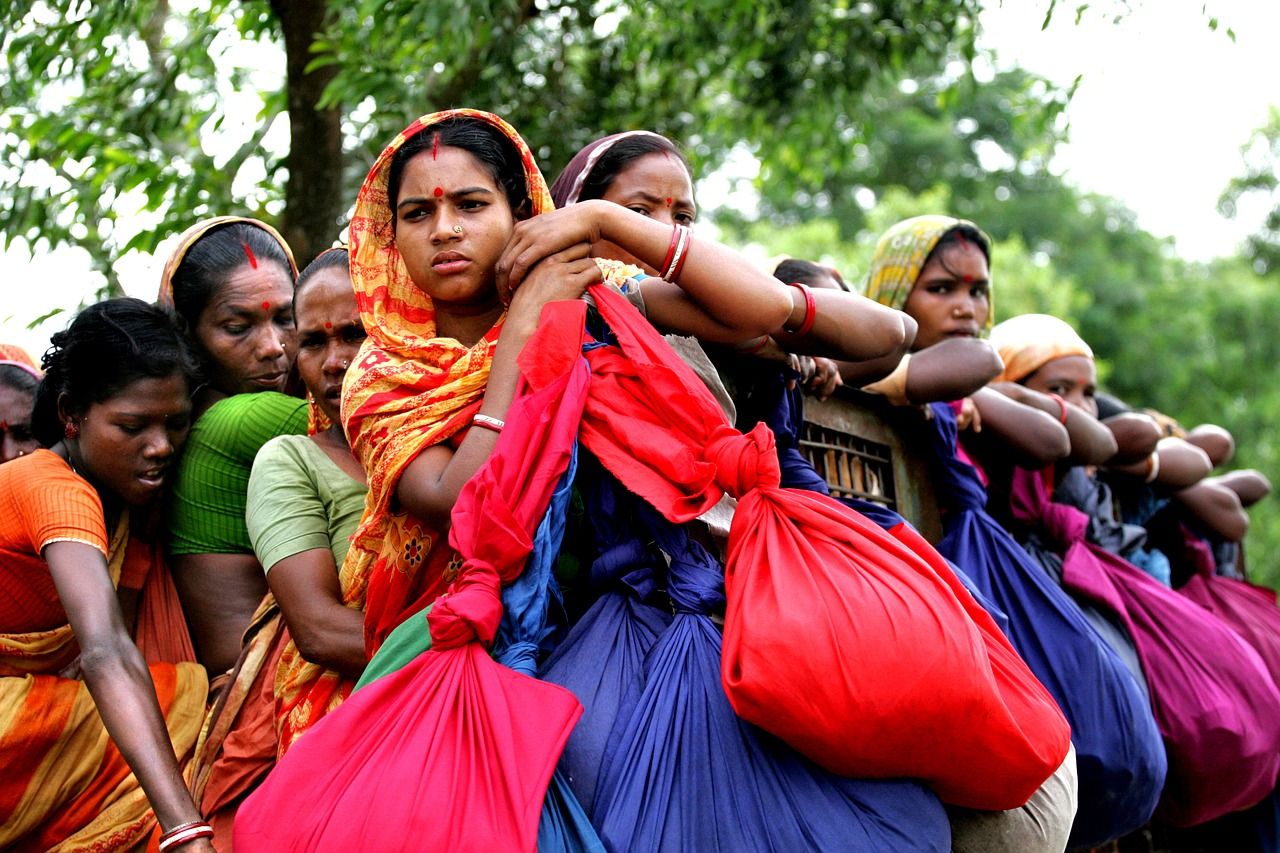SC order renders lakhs of Indian tribals homeless
Related Articles
वेनेज़ुएला पर अमेरिकी कार्रवाई पर भारत की चुप्पी क्यों? गुटनिरपेक्ष नीति, रणनीतिक हित और कूटनीतिक संतुलन
वेनेज़ुएला में राष्ट्रपति निकोलस मादुरो की गिरफ़्तारी को लेकर अमेरिका की कार्रवाई ने वैश्विक राजनीति को दो ध्रुवों में बाँट दिया है। जहां मलेशिया...
रूस की सड़कें बुहार रहे सॉफ्टवेयर इंजीनियर मुकेश मंडल- रूसी धरती पर प्रवासी भारतीयों का संघर्ष !
रूस के सेंट पीटर्सबर्ग शहर में 26 वर्षीय भारतीय मुकेश मंडल (Mukesh Mandal) इन दिनों असामान्य लेकिन चर्चा में आए हुए काम कर रहे हैं। उन्होंने अपने...
India’s First Vande Bharat Sleeper Train Set to Run from January
In a major New Year boost for rail passengers, Indian Railways is set to usher in a new era of overnight travel with the...


